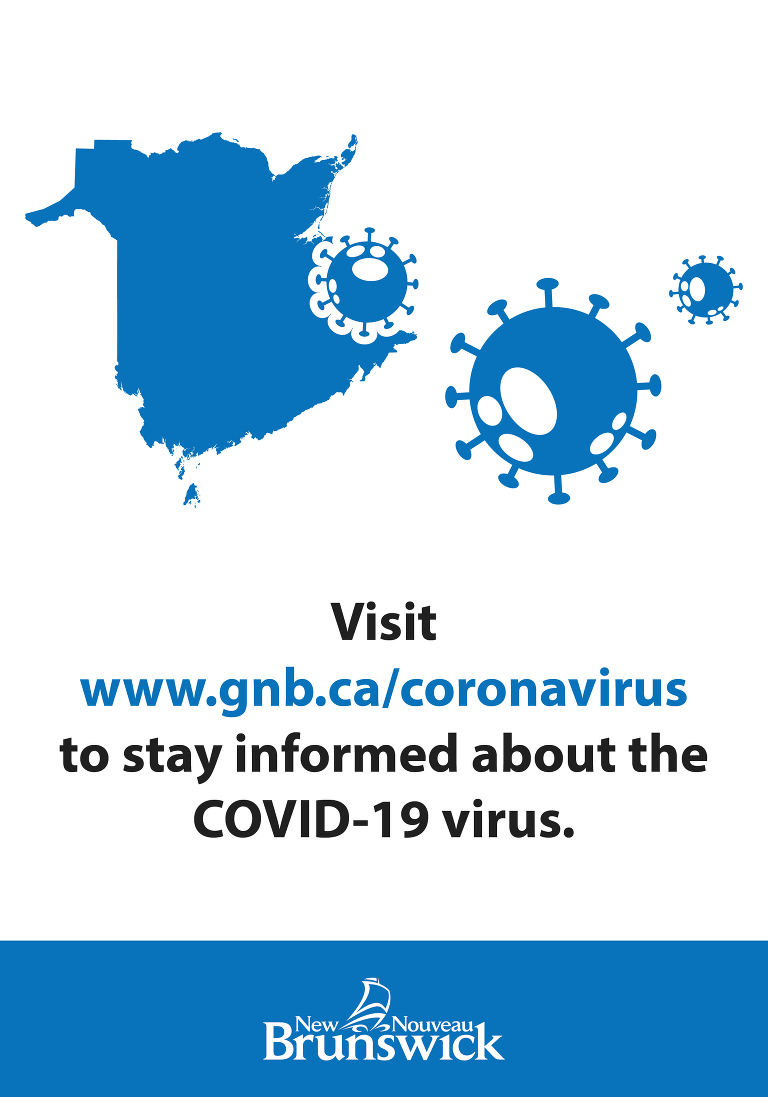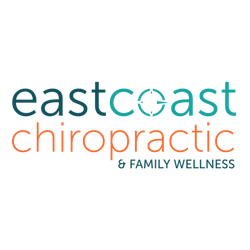It’s that time of year! The weather is warmer and New Brunswickers are turning their thoughts to hiking, camping, and other fun outdoor activities. It’s also the time of year to Be Tick Smart and protect against tick bites, especially for your little ones.
The risk of a blacklegged tick bite starts in the spring and continues during the summer months and through the fall when the temperature goes below freezing. The risk of a tick bite is highest in southern New Brunswick in areas where blacklegged tick populations are established. Do daily tick checks and remove attached ticks. See your family physician if you develop a rash or flu-like symptoms after a tick bite. Lyme disease is treatable with antibiotics and early treatment almost always results in full recovery.
What is Lyme disease?
Lyme diseases and other tick-borne diseases are infections caused by viruses, bacteria and parasites. They are spread by the bite of infected blacklegged ticks. Tick-borne diseases ca be treated and treatment is most successful in the early stages of infection.
What are blacklegged ticks?
Adult ticks can range from three-to-five millimetres in length and are light or dark brown; immature ticks are smaller and lighter in colour. Once on bare skin, ticks attach by their mouth parts. After feeding on blood, ticks can become the size of a small grape. Ticks are most active in summer and fall.
What are the symptoms of Lyme disease?
Early Symptoms after a tick bite (3 to 30 days) usually include a skin rash anywhere on the body,usually near the tick bite. Flu-like symptoms including fever, muscle pain, joint pain, headache and tiredness can also occur. If untreated, other symptoms can develop days to months later. These include additional skin rashes, heart problems, nervous system disorders and arthritis.
Be Tick Smart
If you spend time outdoors in areas that may have ticks, follow these simple steps.
PROTECT
- Avoid areas where ticks live. Ticks prefer wooded and bushy areas with tall grass and lead litter. Avoid these areas and walk in the middle of trails
- Use insect repellent, containing DEET or other ingredients approved by Health Canada or use permethrin treated clothing.
- Cover up to keep ticks off your body. Wear long socks, long pants and long-sleeved shirts.
- Make your yard less attractive to ticks. Remove leaves, clear brush and tall grass around your house.
CHECK
- Examine your clothing, outdoor gear, and pets and remove ticks before coming indoors.
- Check your whole body and your child’s body after being outdoors and remove any ticks you find.
REMOVE
- Remove attached ticks immediately. Grasp tick’s head as close to the skin as possible and pull slowly upward with steady pressure.
ACT
- If you are bitten by a tick, watch for symptoms.
- See your family doctor if you develop a rash or have flu-like symptoms within 30 days of removing a tick
For more information please visit www.gnb.ca/ticksmart
.jpg)




















Great info